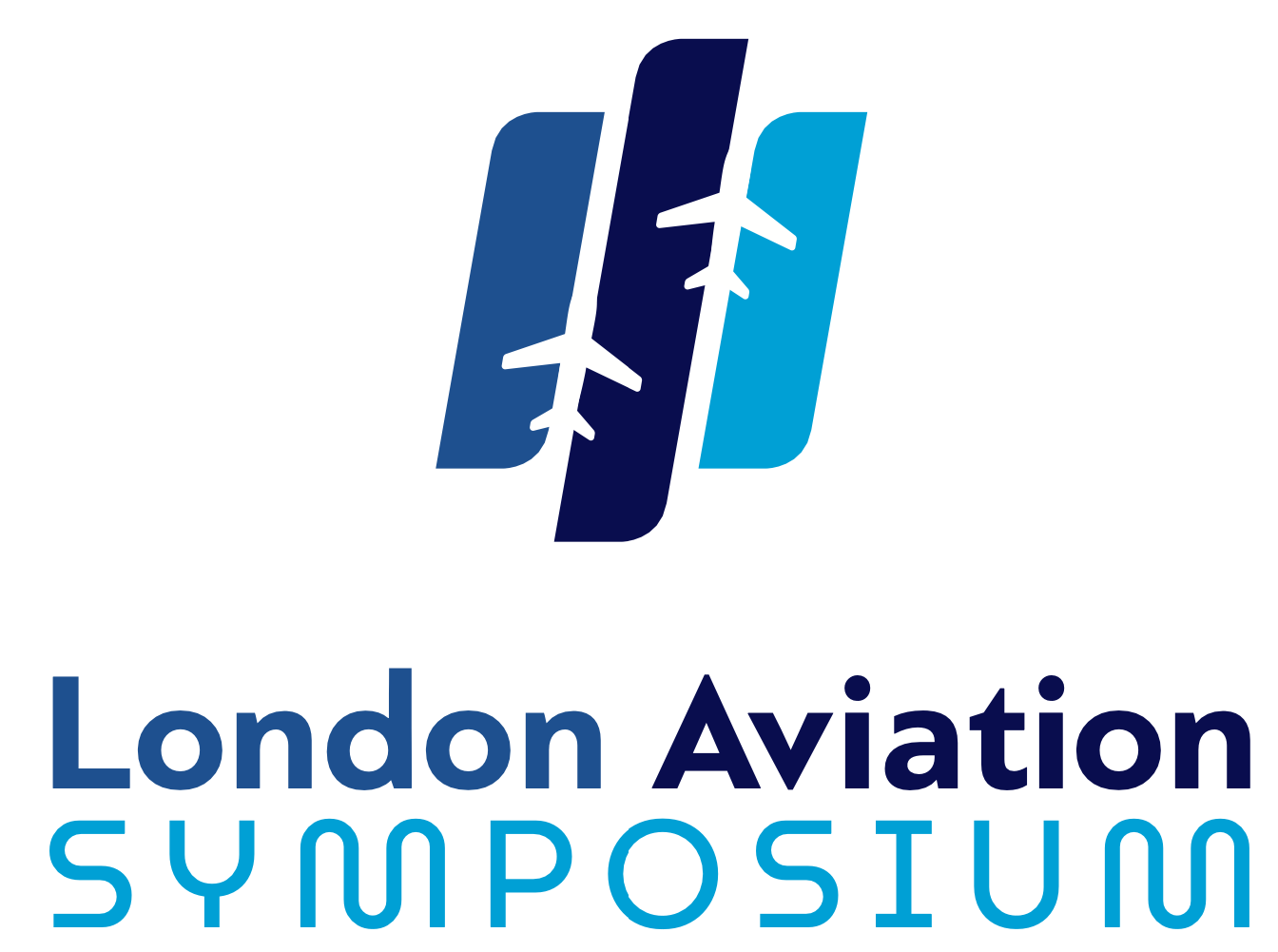
.
Holiday Inn, London Southend Airport
Friday 13 June 2025
10:00 Welcome Addresses
Dr Kostas Iatrou, CEO, ATN – Air Transport News & Director General, Hermes – Air Transport Organisation
Nigel Mayes, Business Development Director, London Southend Airport
10:10 Keynote Address
Montserrat Barriga, Director General, ERA
10:25 Industry Outlook
Chris Tarry, CTAIRA
10:45 Leaders panel discussion
Moderator: Chris Tarry, CTAIRA
-Carlos Munoz, CEO, Volotea
-Einar Örn Ólafsson, CEO, PLAY
-Ioannis Grylos, CEO, Sky Express
-Sinan ISIK, CEO, Air Albania
-Thanos Pascalis, CEO, Cyprus Airways
11:45 Keynote Presentation
London Southend Airport
12:00 Roundtable discussion – London capacity issues & challenges
Moderator: Chris Tarry, CTAIRA & Dr Kostas Iatrou, CEO, ATN – Air Transport News & Director General, Hermes – Air Transport Organisation
13:30 Conclusions
Whilst generalisations are often dangerous, it is clearly the case that on many measures and, generally on the basis of passenger numbers, most airlines are now back to pre-pandemic levels of activity. Whilst much was made of “building back better” as the industry emerged from the pandemic, tangible examples are often hard to see.
For some airports such “building back better” by airlines has meant that they have lost services, particularly if they serve tourist destinations where they compete with many others for the same travellers.
We have also inevitably heard some commentators suggest that the recovery from what was an immense external shock to the industry is “different this time” but is it really and if so where and with what structural effects.
What is not different are the signs of structural change that are again increasingly evident. Whilst this is taking a number of different directions, n the short and medium haul markets, the opportunity has again been taken by so called low cost airlines to take greater shares. In some markets we are seeing short haul airlines move into long haul with in some cases the A321LR and XLR and in others additionally with wide body aircraft with competitive products.
What is indeed different this time is the “geopolitics”. However as with many things, not all airlines are impacted by geopolitical change in the same way. It is surely no surprise that European airlines have been withdrawing from routes to China as they don’t fly through Russian airspace and Chinese airlines do; similarly it is no surprise that a number of airlines that have continued to serve Russia have added capacity over the last three years.
Clearly we have moved from a position of pent up demand where fare levels were less of an issue to one where growth will be determined by some combination of economic factors and the amount of capacity offered. In terms of percentage growth the locus of industry continues to move south and east from North America and Europe; indeed some 66% of the growth over the next 20 years will be provided by Asia.
However at least in the near and medium term, what is clear for all to see is the issues that the manufacturers are having, both air frame and engine, and the consequences not only of delayed deliveries but aircraft groundings. Clearly capacity is less than had been previously expected. Furthermore the shortage of aircraft has had a significant effect on lease rates where for example the rental for a mid life A320 is between 30 % and 40% higher than in 2019. At the present time it is almost impossible to acquire affordable aircraft if didn’t already have an order in place – something which will inevitably have an impact on new start ups.
Despite the fact that in 2024 US scheduled airlines employed some 70,000 more than they did in 2019 and the share of employee costs in revenues has increased by 2 % points to some 31%., there is a shortage of labour in many areas and indeed there are increasing signs of technological substitution in those areas that make it possible. Whilst still in their relative infancy AI and ML offer considerable opportunity to improve processes and efficiency but they are not a substitute where personal interactions remain important.
A necessary but not sufficient condition for success is that the beneficiaries have continued to invest. Current and previous managements that believed the route to sustainable profitability and maximising long term value was by cutting costs, rather than growing revenues, and restricting investment have only damaged the business.
Perhaps the only constant for the industry remains change.



